-
Posts
1,186 -
Joined
-
Last visited
Content Type
Forums
Detector Prospector Home
Detector Database
Downloads
Posts posted by Lunk
-
-
21 hours ago, vanursepaul said:
logical progression point of view, ???????---🤠
Crikey Paul, which word is giving you trouble here?
Logical = makes sense in the reader's brain. Progression = the order of things.
🤣Just messing with you, mate.🤣
Perhaps I was being presumptuous by assuming that ML are logical.🤔
-
4 hours ago, Gold Catcher said:
I think it has a little bit from all three, the SDC, GM and GPZ. Not so much from the traditional GPX's from what it appears.
As we all know, appearances can be deceiving. Looking at it from a logical progression point of view, the GPX range had made many functions that were preset and hidden in the GP series, e.g., the motion and audio filters, stabilizer and tracking speed, etc., fully user adjustable beginning with the GPX 4000. So the next logical progression of this for the more automatic and user-friendly platform of the GPX 6000 would be to have the detector automatically and continuously adjusting these parameters according to the ground conditions, the coil sweep speed and other variables. Perhaps this is in part what the Geo Sense tech is all about.
-
4 hours ago, Gerry in Idaho said:
Betty Weeks and Lucile Bowen were out of the NW
I bought my first gold detector from Harry and Lucile at Bowens Hideout. They had one of the replicas of the Hand of Faith nugget on display in their shop...talk about a whopper!
-
Must be within a wildlife refuge area or something similar?
-
To rule out iron, see if they are attracted to a magnet.
-
Forget the rock hounding and get to swinging!
-
1 hour ago, Gold Catcher said:
Thanks, Mitchel. I will educate myself more to know what to look for. The link is helpful. God only knows how many meteorites I have already discounted as hot rocks without knowing....
“Rocks from Space” by O. Richard Norton will bring you up to speed.
-
Thanks for the replies everyone, and best of luck to all in the gold fields this year.
-
What better way to ring in the new year than going nugget shooting in the sunny desert southwest. 😎 In my wanderings through an area heavily worked by the old-time placer miners, I spied an old raked and drywashed nugget patch on a hillside that sloped down to a gravel bench deposit high above the dry creek bed. Back in the VLF gold detector era, the surface rocks were raked away in order to get the detector coil right on the ground, to make up for their limited depth capabilities. Detecting these types of environments with the newer PI and ZVT tech can reveal deeper nuggets that were beyond the reach of VLF detector operators. Slow and methodical coverage of the old patch with the GPZ 7000 yielded two small nuggets for the poke today.
-
Only if I get my stapler back...
-
Nice bush button JP!
-
48 minutes ago, jasong said:
Back of napkin calculation from a formula I just derived which I can explain later if this weight isn't totally off in left field in the end. 🙂 I have no idea if this works or not.
(19g/cc * x)+(3g/cc * y)=125.8 g----> x = 25.5 - y
So, (19g/cc * (25.5cc -y))+(3g/cc * y)=125.8 g
Solve for y (volume of quartz or other material) = 358.7/16 = 22.42cc
Now x (volume of gold) = 25.5-22.42 = 3.08 cc
Gold weight --->3.08cc *19 g/cc = 58.52 grams
Quartz weight ----> 22.42cc*3g/cc = 67.26 grams
Rounding error due to me being lazy.
I just saw the same method on the internet: the volume of the specie is the dry weight minus the submerged weight, which equals 25.5 grams per cubic centimeter. If the specie was made entirely of quartz, it would weigh 25.5x2.65=67.575 grams. Subtracting this from the weight of the specie, 125.8-65.57, leaves us with the weight of the gold...58.2 grams.
-
24 minutes ago, Jonathan Porter said:
96% to 97% pure
In that case, using a purity of 96.5%, my estimate is 68.1 grams of gold. I believe the formula that you are using assumes a purity of 85%.
-
JP, can you give us what you think is the average purity of the gold in your area?
-
Great finds, Travis! What detector(s) do you swing?
-
Merry Christmas, Gerry!
-
-
-
-
Well done!!!
-
Killer gold...WTG!
-
Nice collection; lots of great authors and information there. I had all of the Zip Zip series books when I started gold nugget detecting. Larry Sallee covers virtually everything there is to know about prospecting with a VLF gold detector - real “meat & potatoes” reading!
-
Can't go wrong with a day like that in a flogged patch!
-
Sage advice for nugget shooters from the late, great Jim Straight! I always get excited when I come across the old drywasher tailing piles (dryblower heaps) of long abandoned mining claims in the desert. The efficiency of gold recovery using this dry separation method depends on many factors, including the moisture content of the material, its degree of consolidation, the angle of the riffle box and amount of air flow and vibration. Even if all of these conditions are optimal, recovery is never 100% and some gold inevitably ends up in the tailing piles. So, slow and methodical searching of these areas with the gold detector most always guarantees a few bits being added to the poke. Depending on when these placers were mined, the tailings can be hard to recognize, so carefully observing your surroundings while out in the field for these tell-tale clues to productive areas can really pay off.
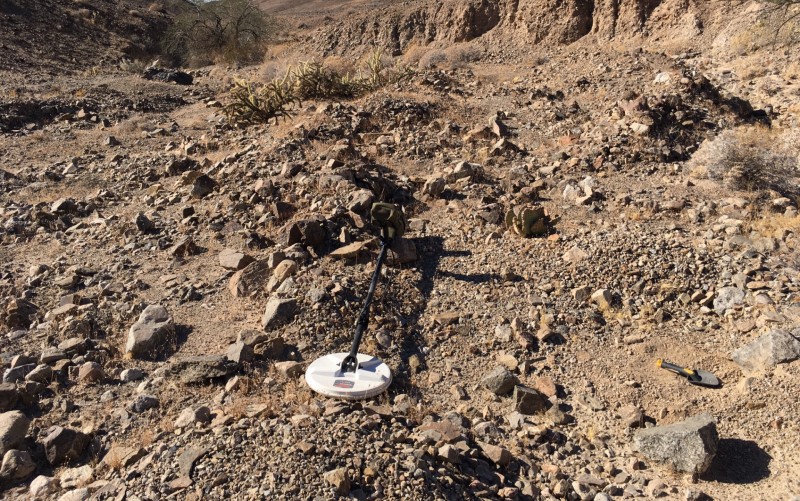
While the coarse tailings have been detected for large nuggets long ago in most instances, the fine piles were left unchecked and can still contain numerous sub-gram nuggets for the keen detector operator. But that's only half of the fun, because searching the virgin ground surrounding these old workings can yield more and larger nuggets, and maybe even an undiscovered nugget patch.

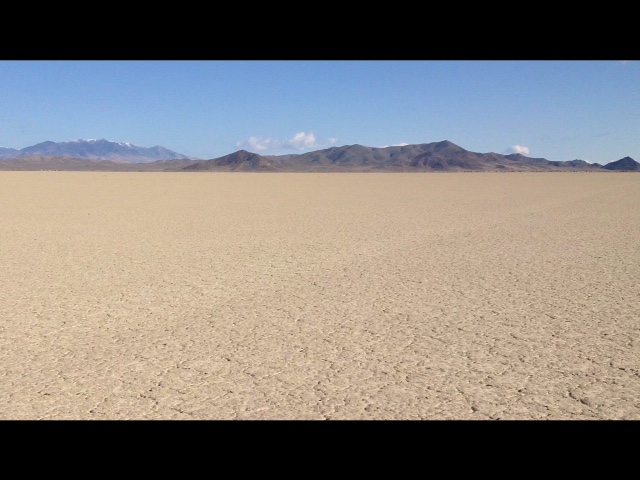

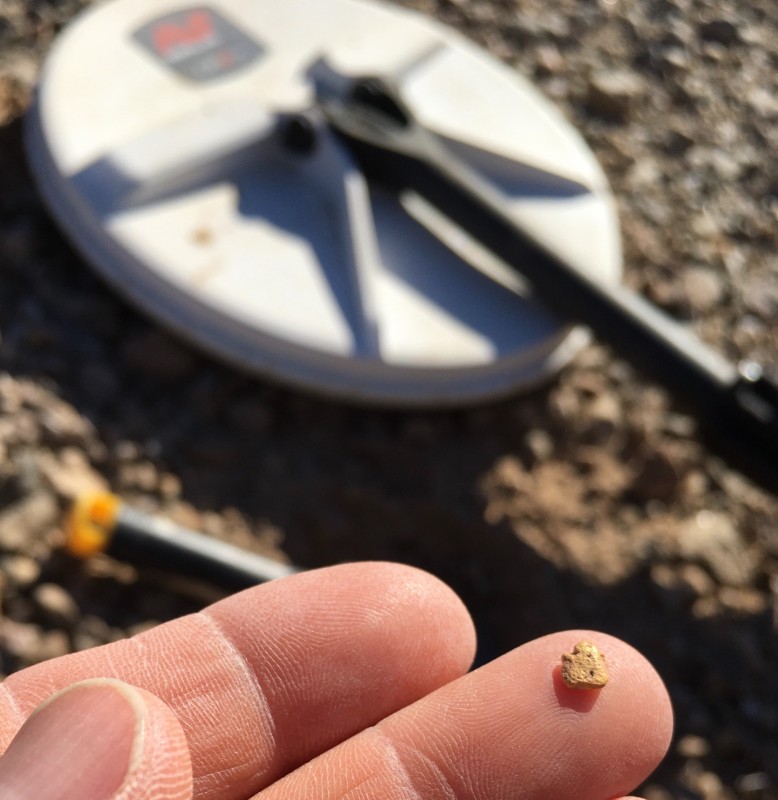
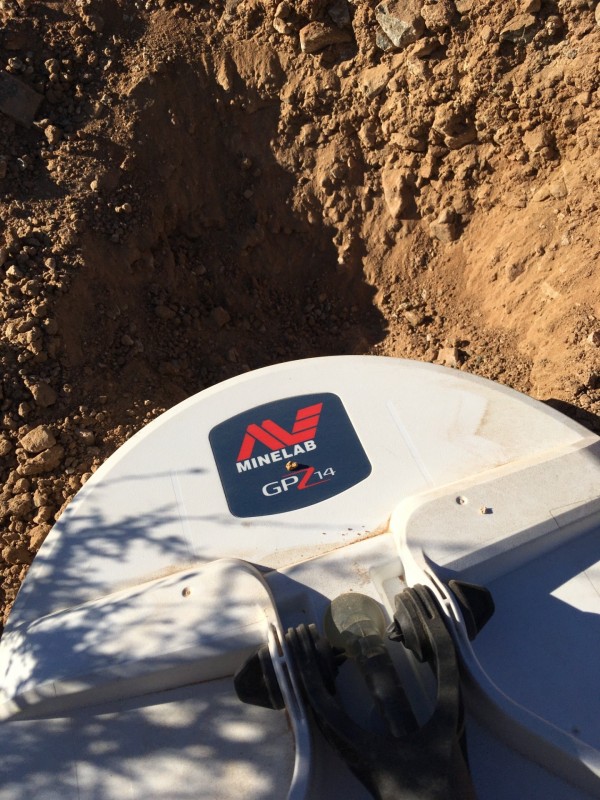
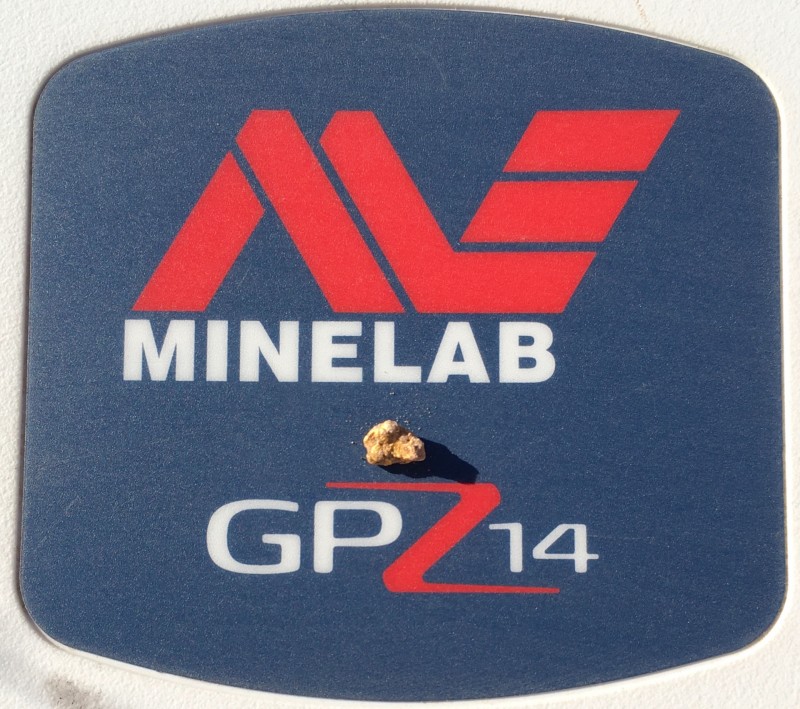
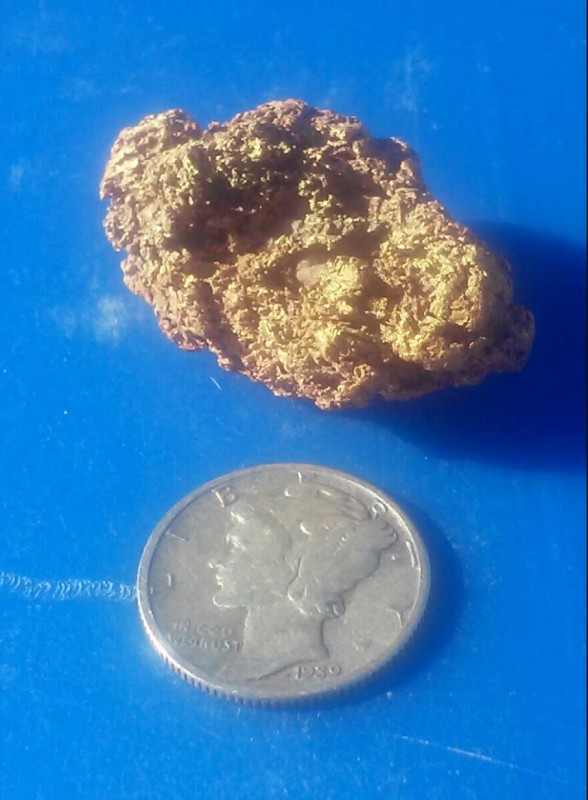
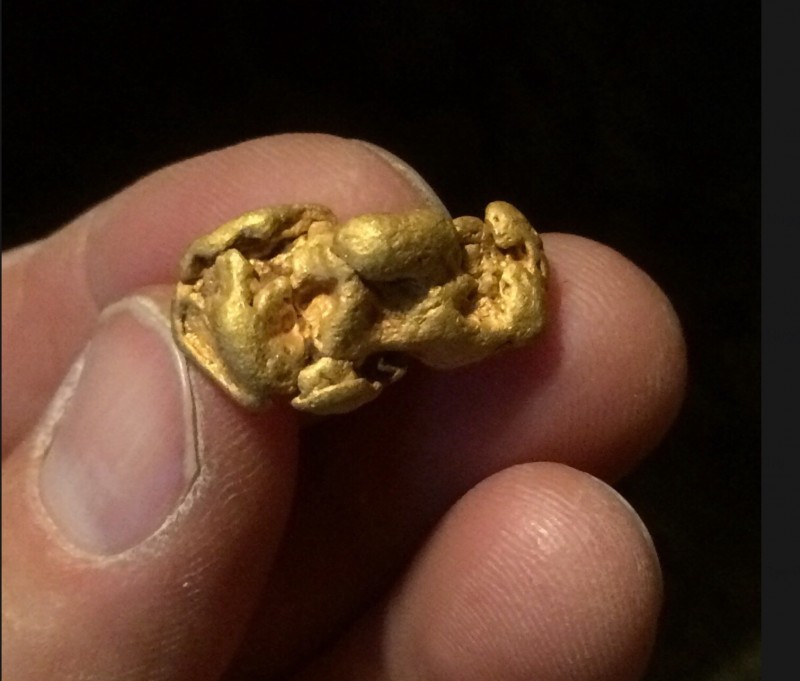
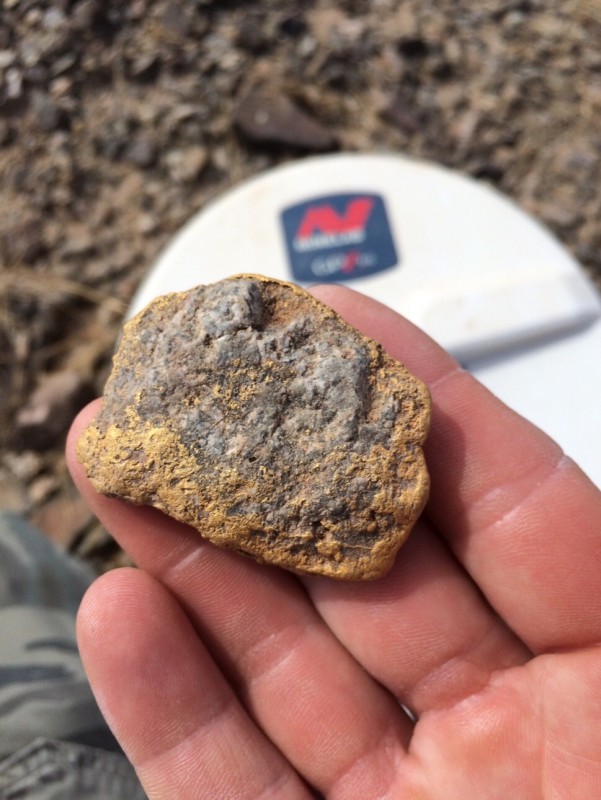
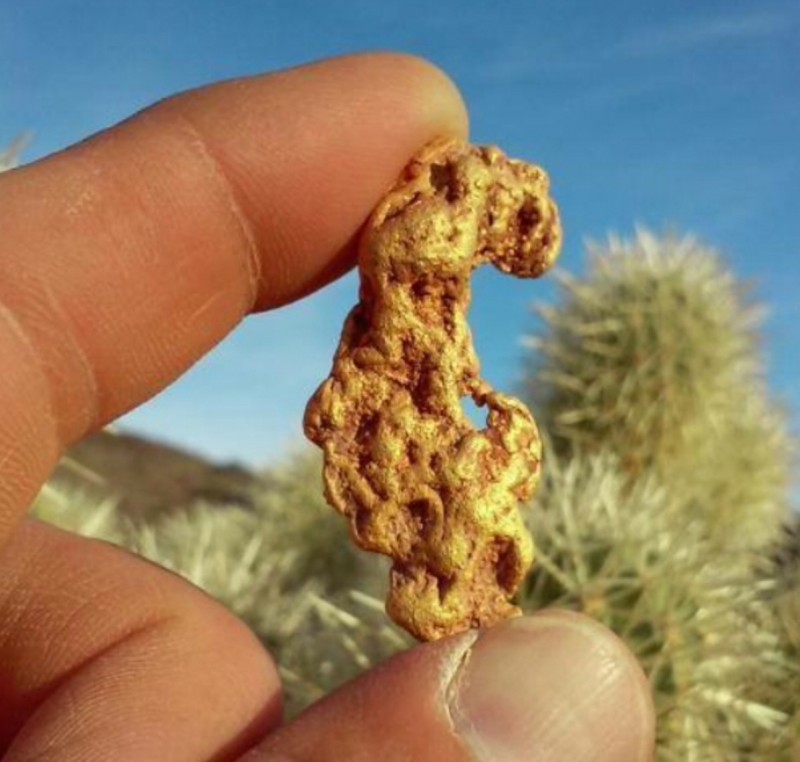
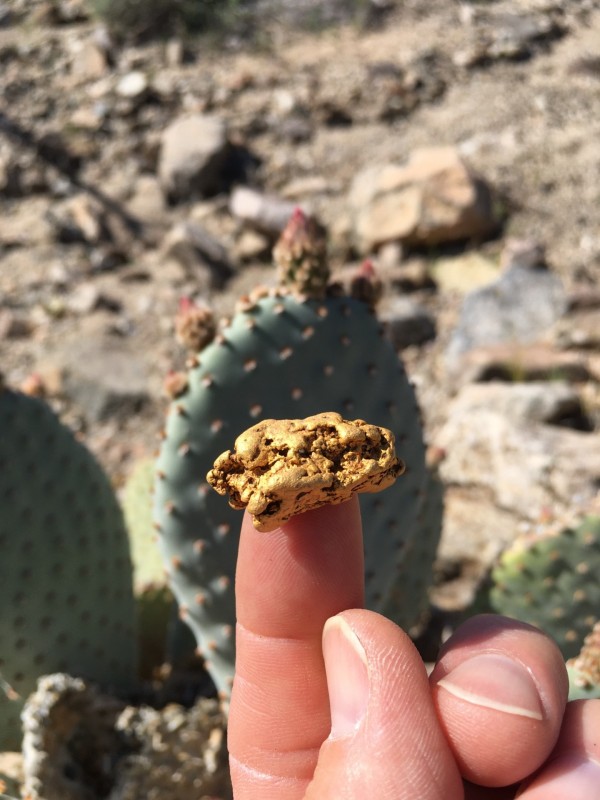
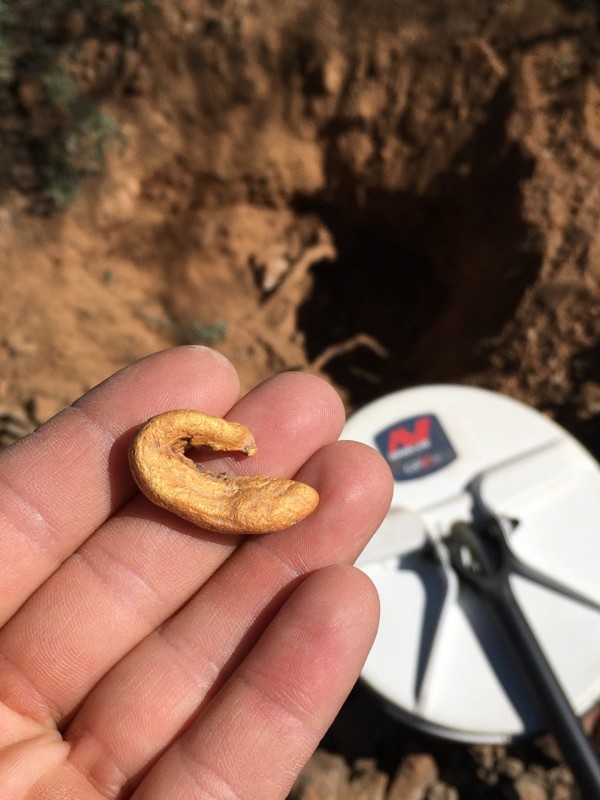
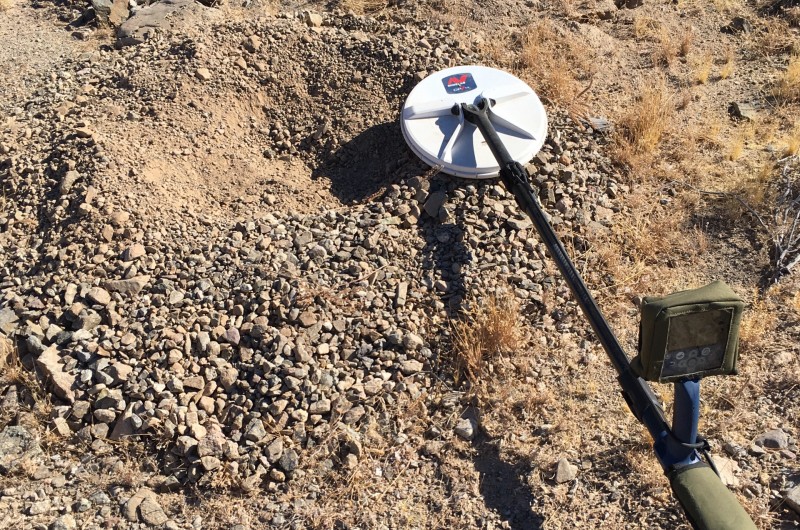
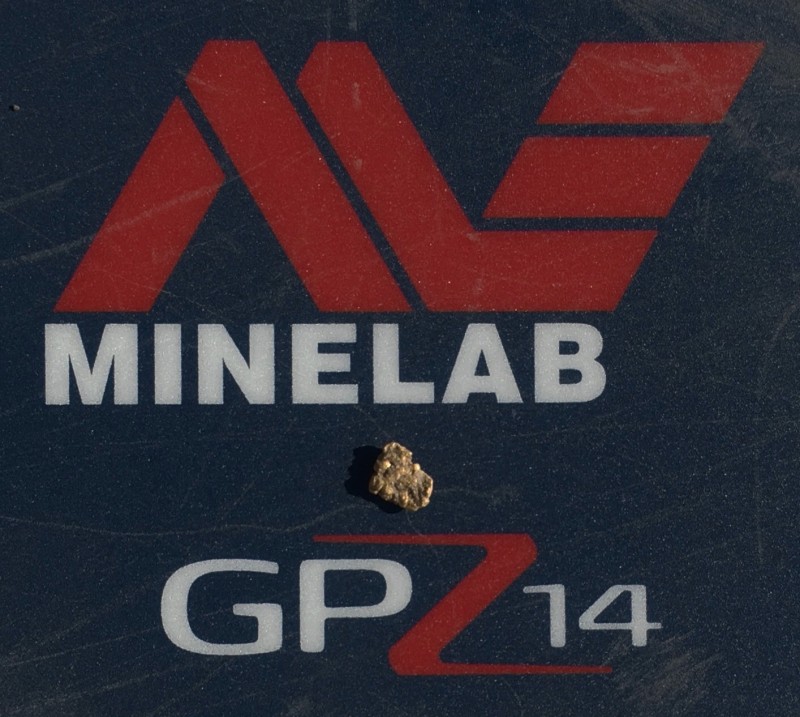
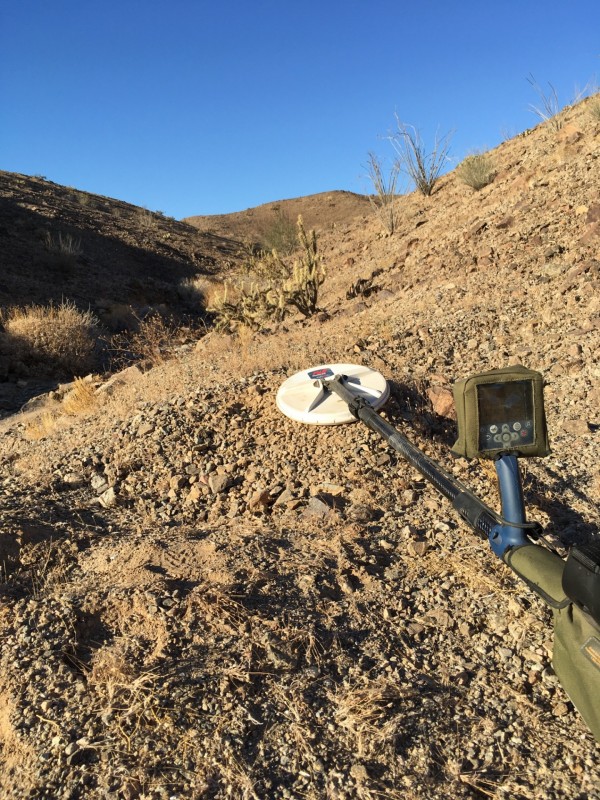
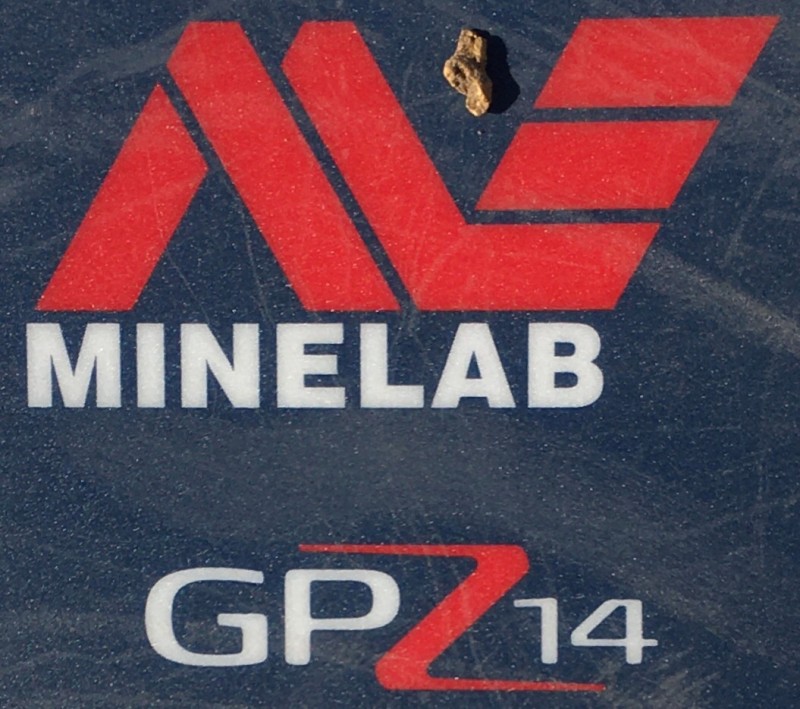
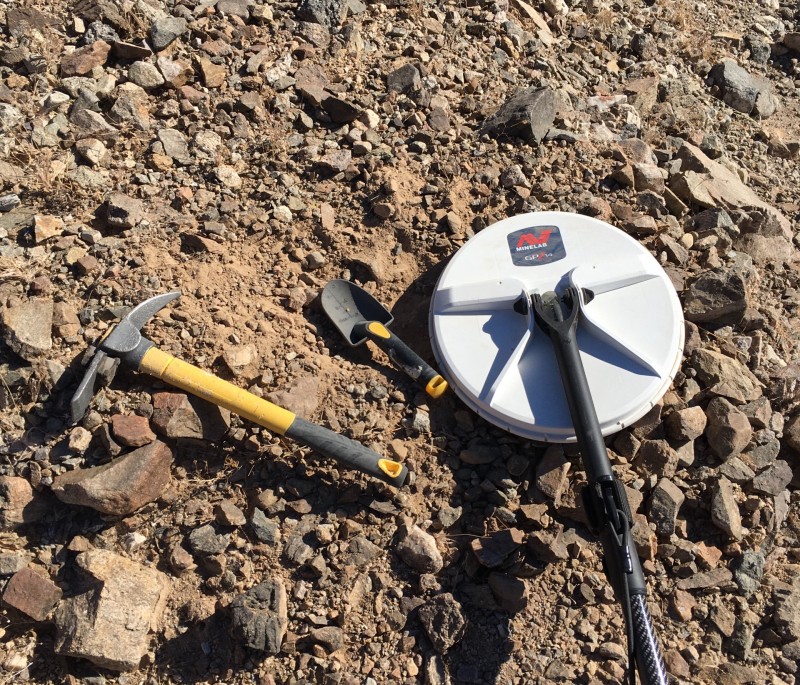
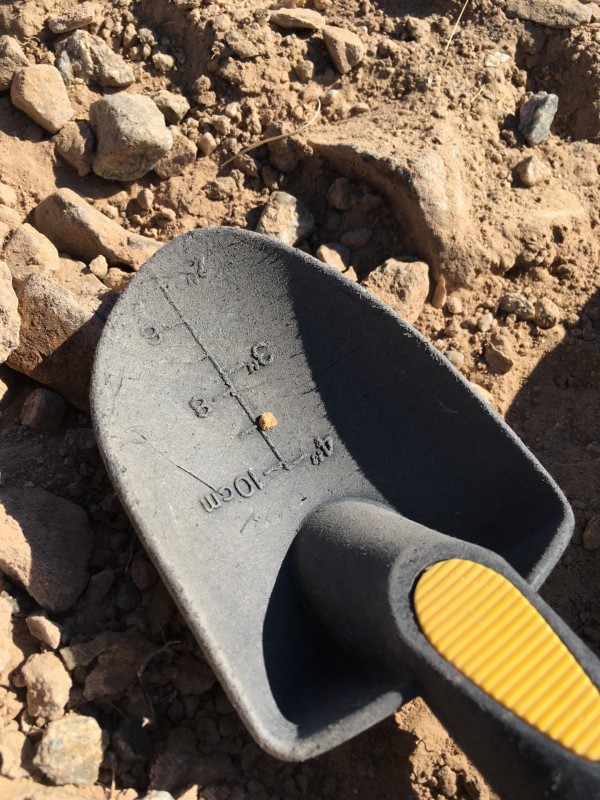
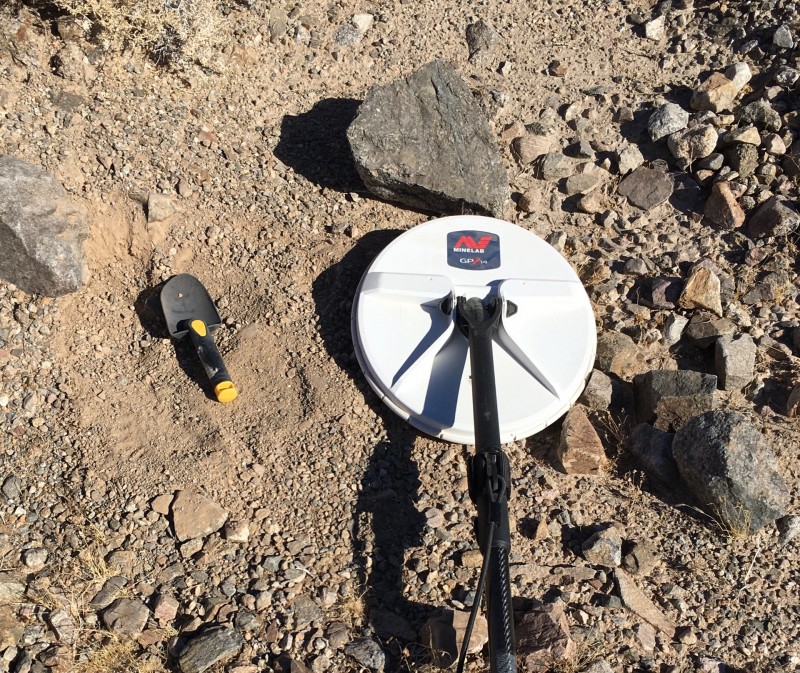
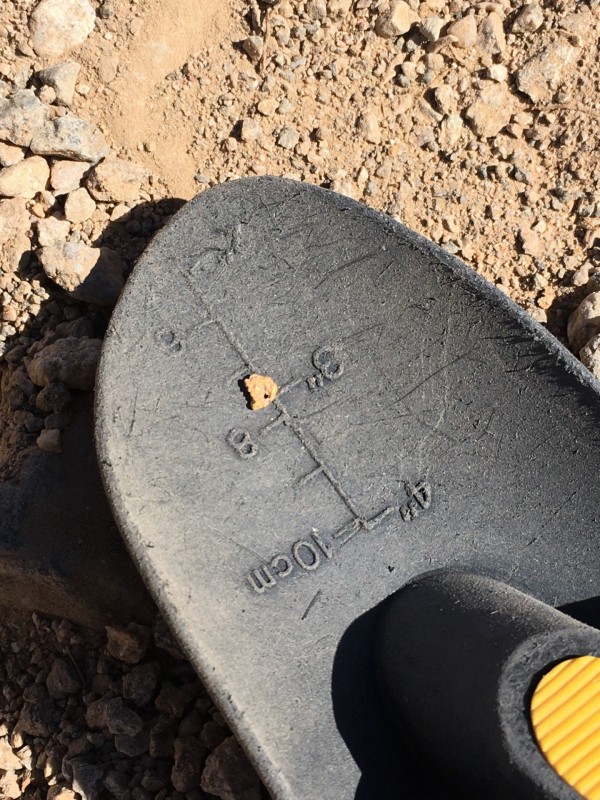
Oh My Gosh... He Just Dug A 1 Of A Kind And Paid For His Gpz-7000
in Detector Prospector Forum
Posted
That beauty is even more unfreakinbelievable in person; thanks Travis for letting me hold that bad boy, and congrats again...you earned that puppy!